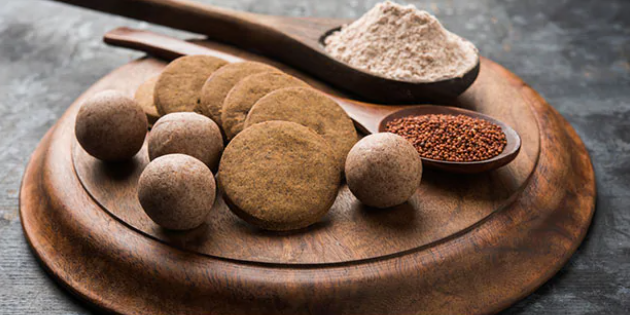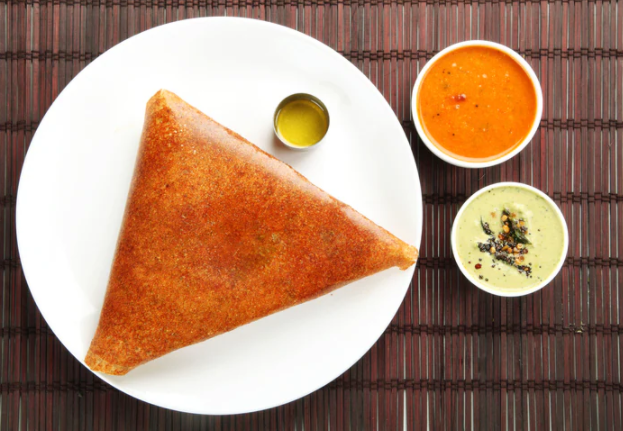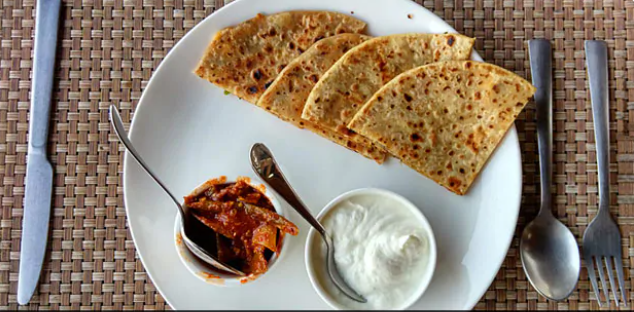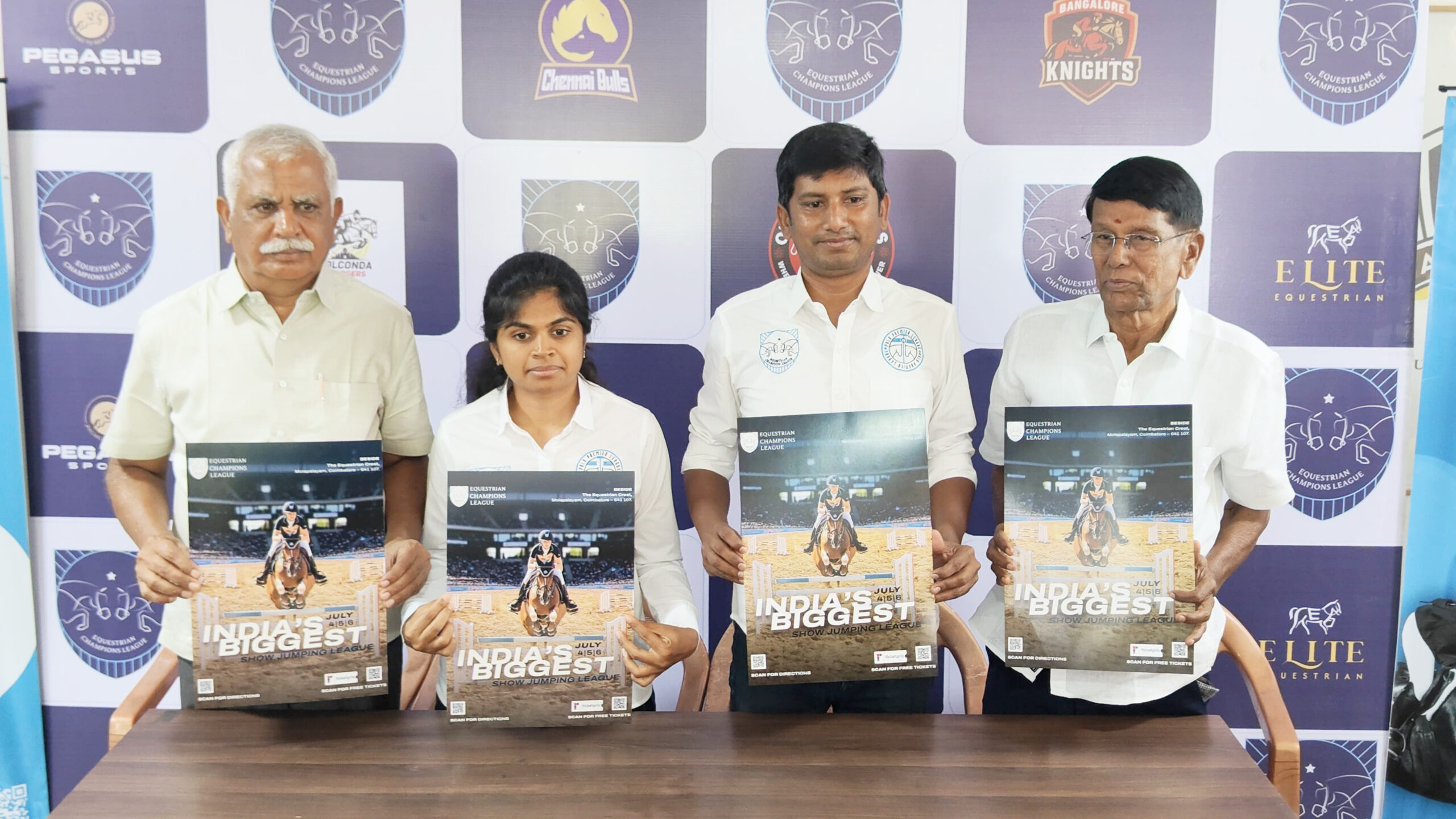Trending Now
- “If Edappadi Palaniswami permits, a thousand young members from the Virudhunagar district AIADMK are prepared to take up arms and engage in battle under my command.” – Former AIADMK Minister Rajendra Balaji
- “India is ready to deal with any counter-attack by Pakistan” – Wing Commander Vyomika Singh
- Central govt orders extension of CBI Director Praveen Sood’s tenure for another year
Health Matters
Can Diabetics Eat Mangoes And Bananas? Top Endocrinologist Decodes Diabetic Diet Myths
![]() November 14, 2017
November 14, 2017
Dr Sujeet Jha
You must have pondered over the fact if mangoes and bananas are suitable for diabetic people or not. Here’s your answer straight from Dr Sujeet Jha.
Can you eat mangoes if you have Diabetes? Glycaemic index (GI) of food rather than how sweet is the fruit is more important.
Eating mangoes if you have diabetes is not bad as you think. It’s exactly opposite than most of us think about sweet summer fruit mangoes. It has been shown in Australian studies that it can even prevent diabetes for those persons who are prone to have diabetes. World Health Organization recommends that we all should get approximately 55% calories starchy food (carbohydrates) and rest from protein (20% and fat 25%). Carbohydrates should be derived predominantly from foods rich in complex carbohydrates including grains, especially whole grains, fruits, and vegetables which has high glycaemic index. It should contain at least 400g of fruits and vegetables per day which has low glycaemic index. Glycaemic index, is a measurement of how much sugar (glucose) is absorbed into the blood in a fixed time period, after eating a portion of the food with a fixed quantity of carbohydrate. Glycaemic index of food is more relevant if we have Diabetes, the glycaemic index of the food can be high or Quick (60 or more), Medium (59 to 40), Slow 39 to 20) and Very Slow (lower than 19). Lower the glycaemic index of carbohydrates less will be the rise of sugar after meal in patients with diabetes.
There is a myth in our society person with diabetes should not eat sweet fruit like mango, grapes, cherry but they can eat digestive biscuits. The standard rule of 5 fruits a day is true for patients with Diabetes as well. Mangoes has similar glycaemic index (58) than most of the biscuits or corn flakes which has one high glycaemic index of 82. If any patients need to snack between the meals they should eat fruits rather than biscuits for similar reasons. There will be a rise of blood sugar after any carbohydrates, but the rise will be less with fruits. It is true that papaya has excellent Glycaemic index but most of the other fruits has glycaemic index lower than 60. For e.g. cherry has GI as low 22 and grapes just 45. Though grapes and cherries are sweet fruits, but they should be taken along with our meals which is god for Diabetes. The best example is of sweet potato has much glycaemic index of 54 compared with glycaemic potato 62. It is fiber content of the fruits and vegetables which determines the glycaemic index of it rather than just how sweet is the fruit and that delay the rise of sugar. It is also very important to note that we should not just be guided by food with low glycaemic index as some of them have high fat content as well like potato crisps, chocolate. Eating small amount of GI food like water melon may not have large effect on blood glucose levels. Fruit should be counted as part of the carbohydrates and for e.g. if you want to have a mango after dinner than eat one less roti from your meal and this hold true for Diabetics.
Cooking food for longer time will increase the glycaemic index of food as it’s converted into more digestible forms and quicker the e rise of blood sugar in blood. Fish and Meat however lack fiber, so when eaten as part of a meal have some effect lowering the GI of any meal. High fiber salad and green vegetable lowers the GI of food significantly so all of our meals should contain this. Similarly sweet potato has just 54 glycaemic index were as potato has 62.
A low GI diet may help to loose weight compared to higher GI but total number of calories need to reduced to lose weight. Athletes use the GI tables too. Using the tables to choose foods that give a slower but sustained release of energy for long term endurance sports. This sustained release helps them maintains their blood sugar levels during prolonged exercise. Compared with meals made from foods with a quick conversion to blood sugar. Meals made up from foods that are medium to slow rated give a slower but more sustained conversion to blood sugar.























